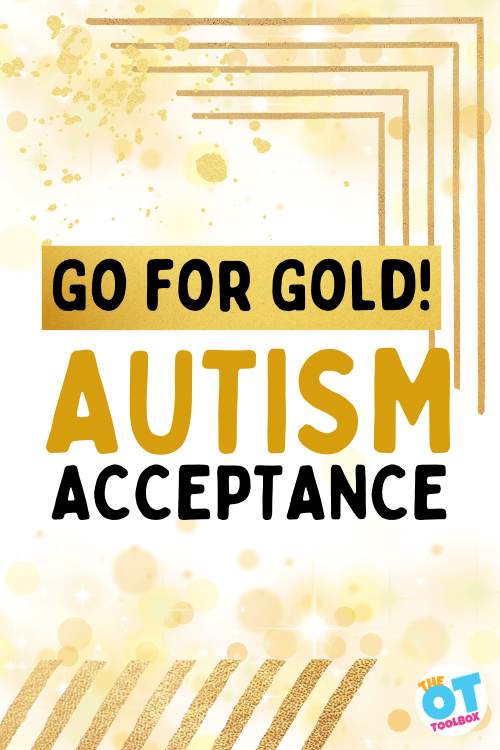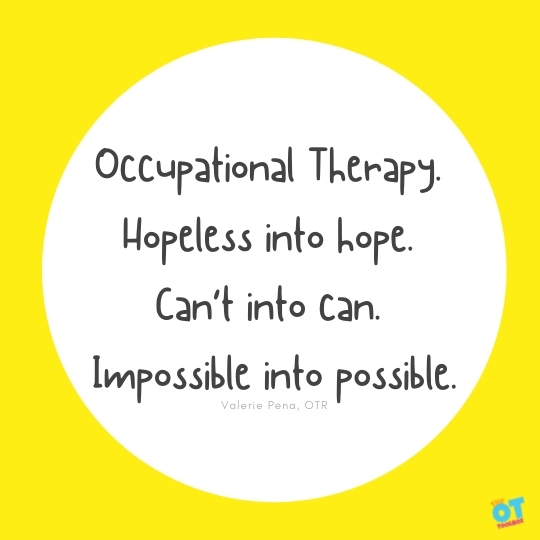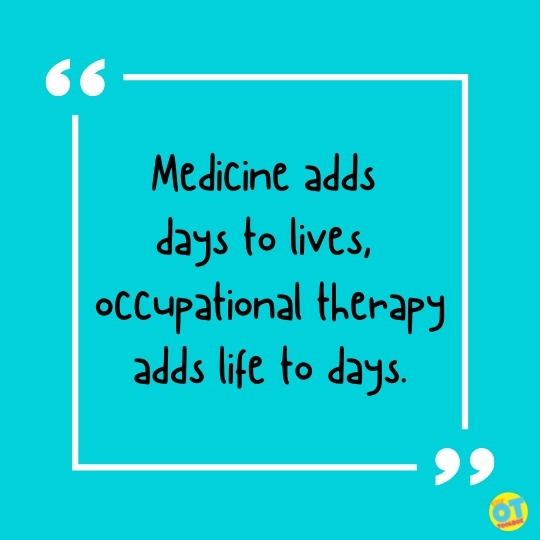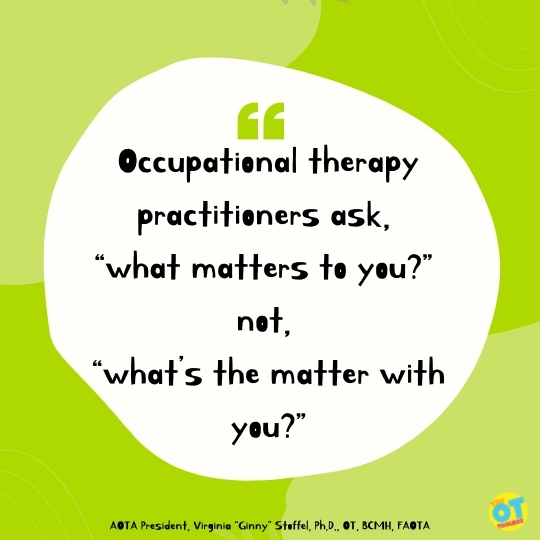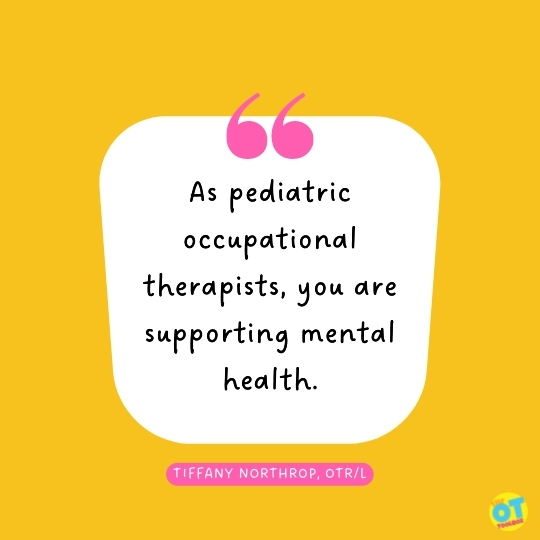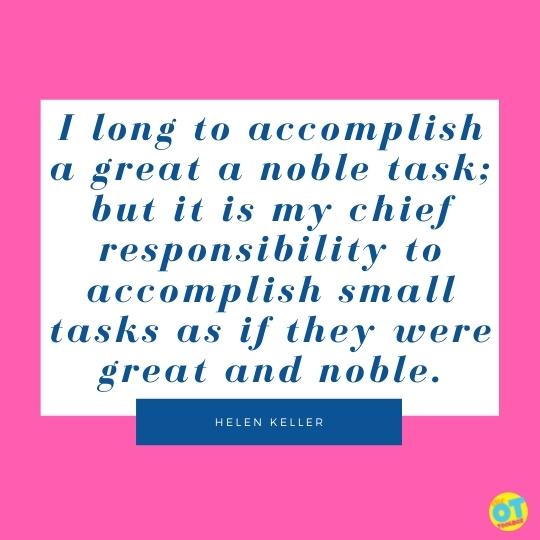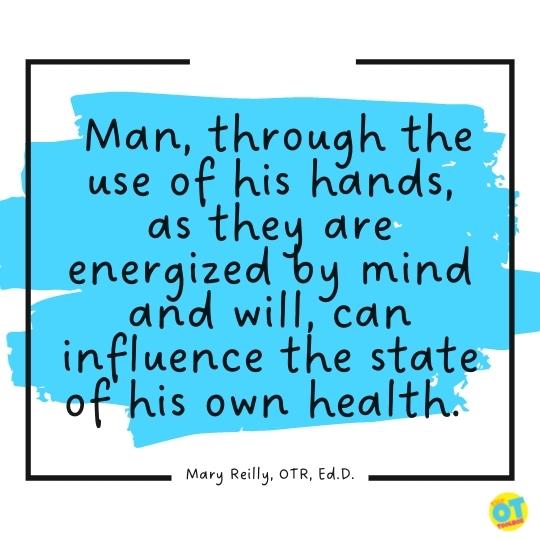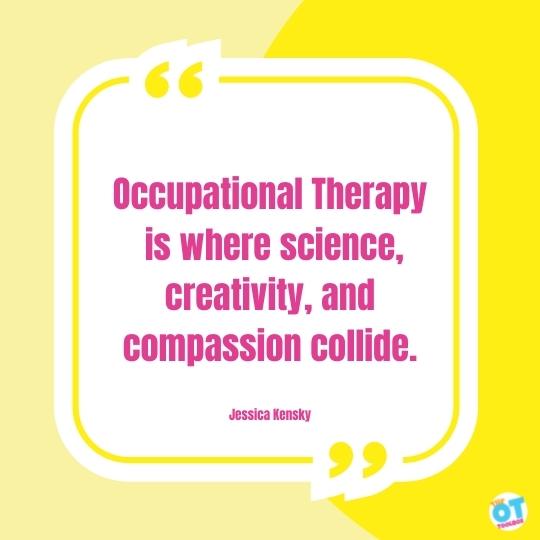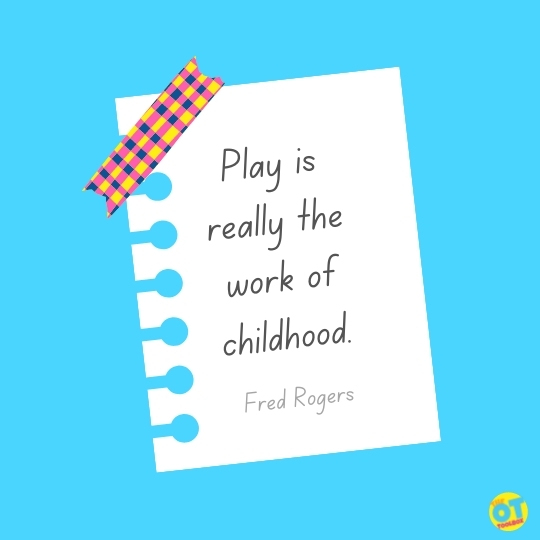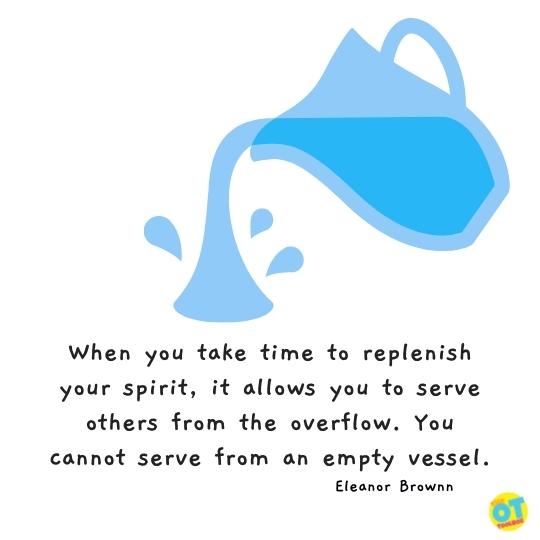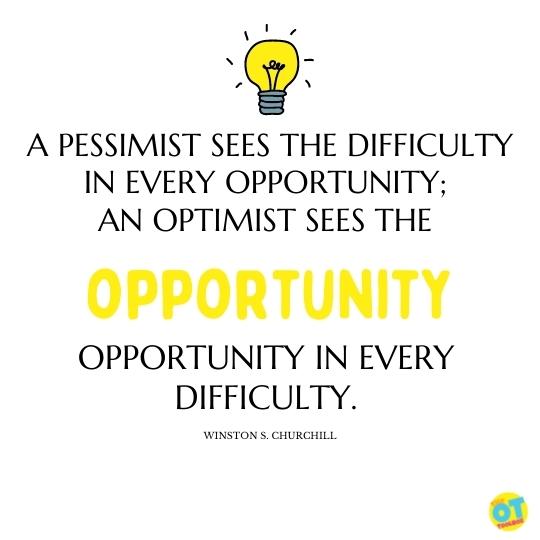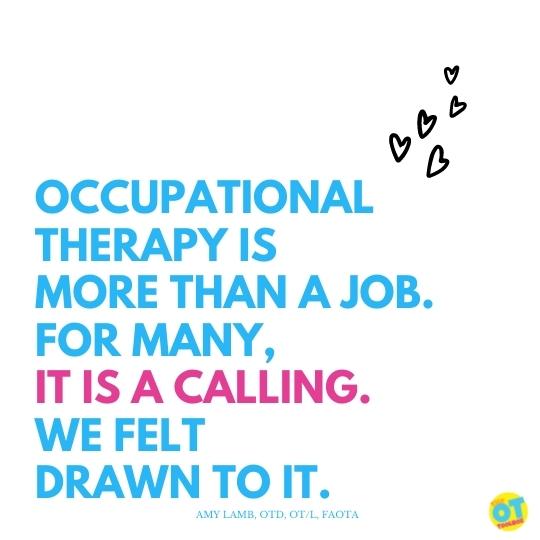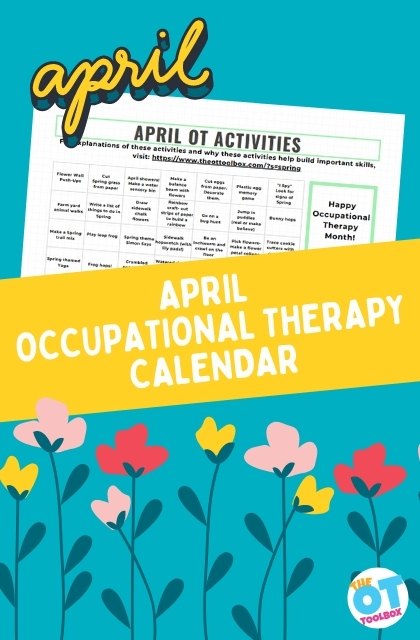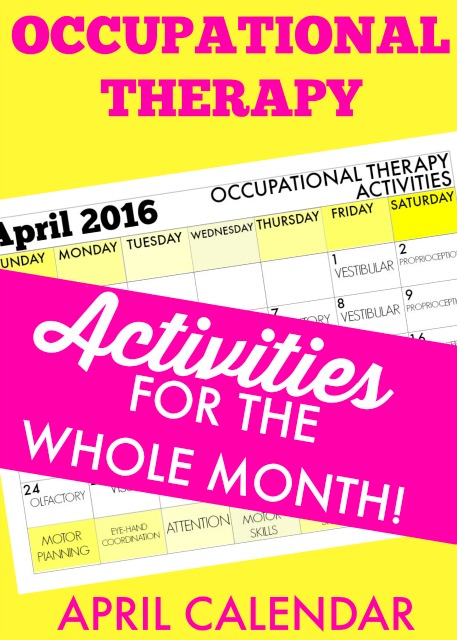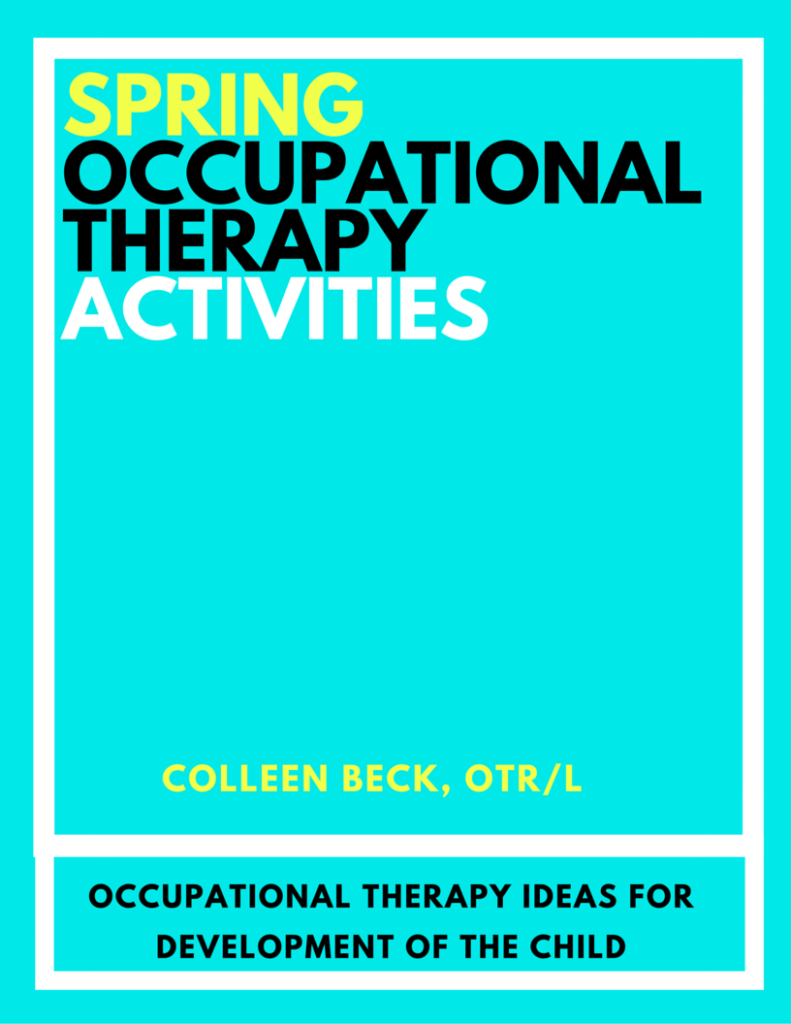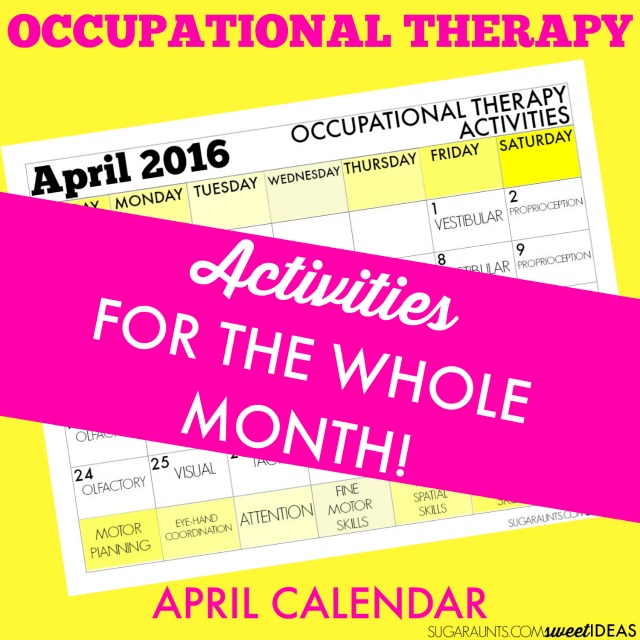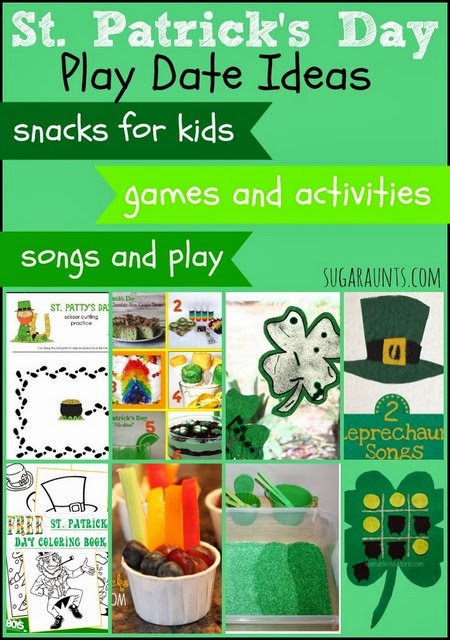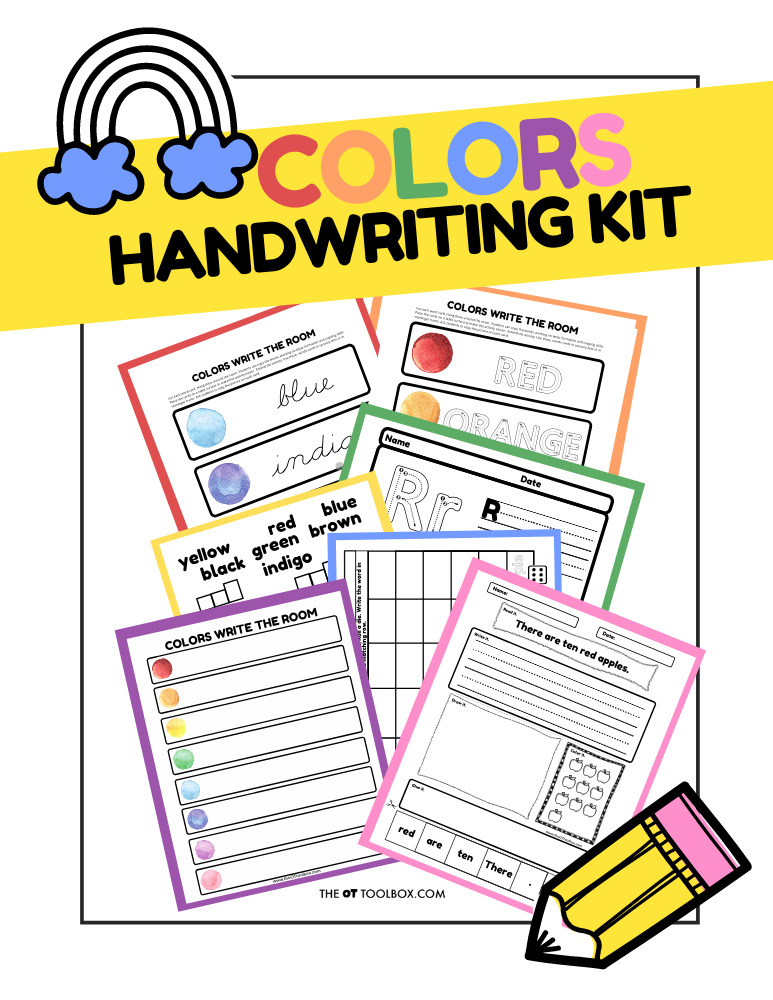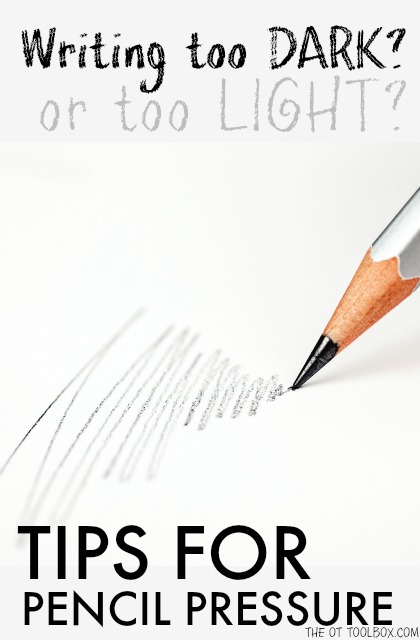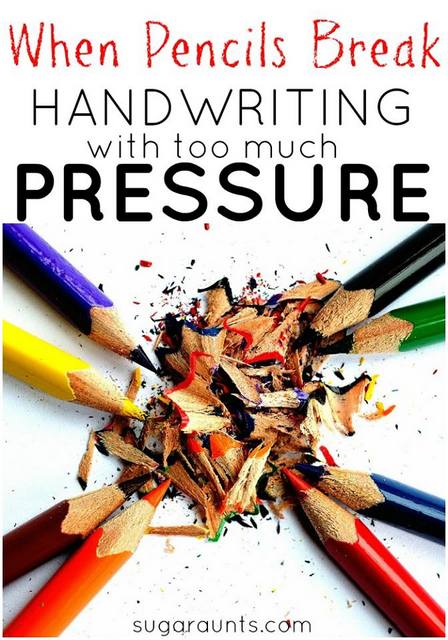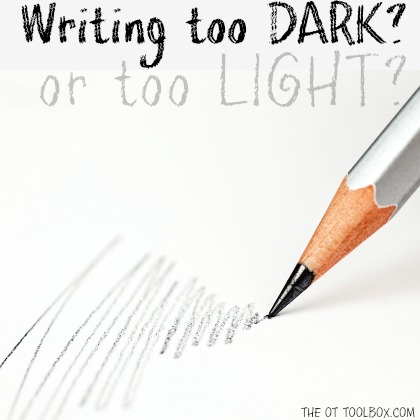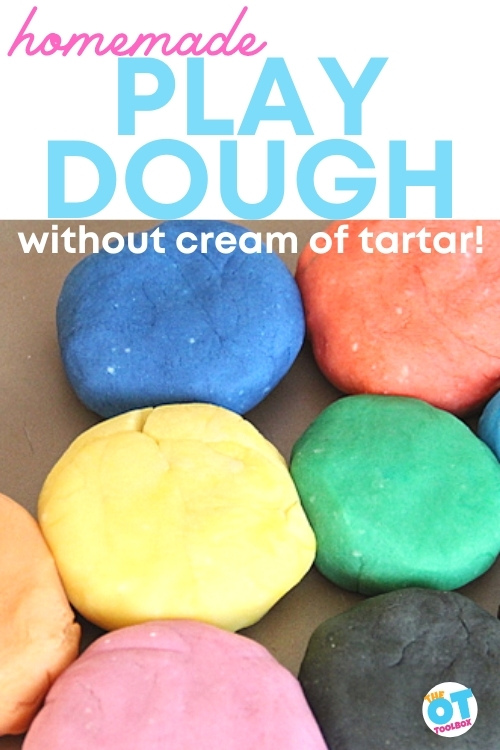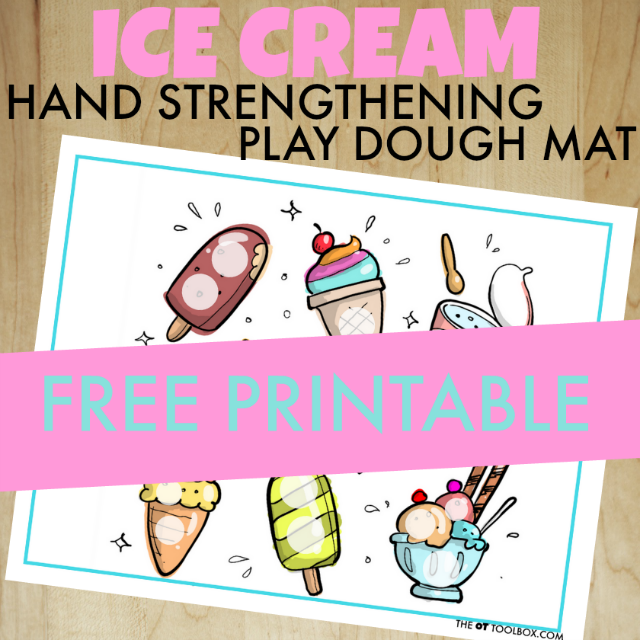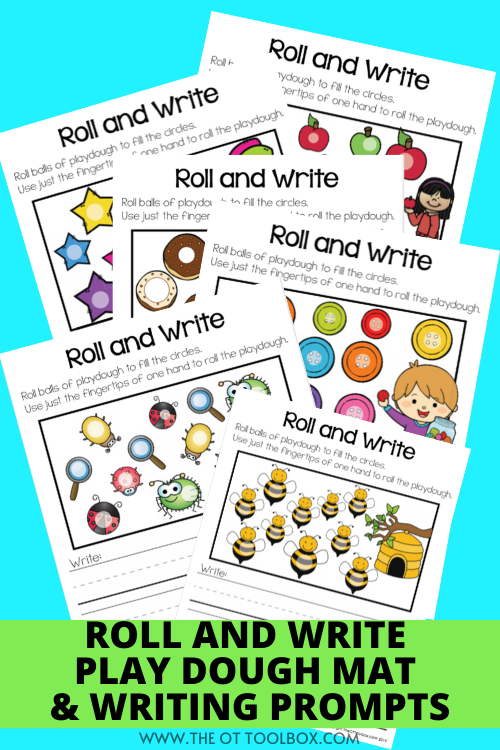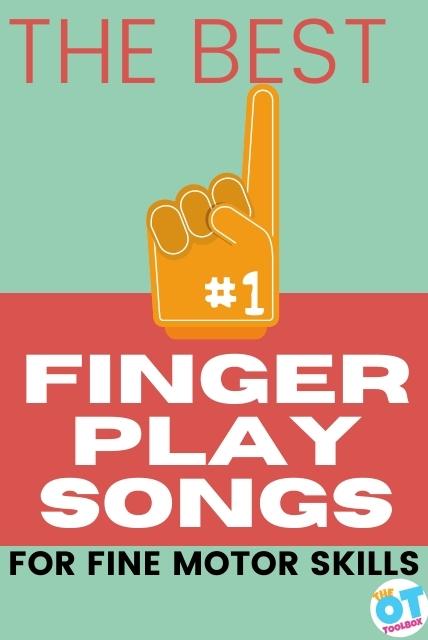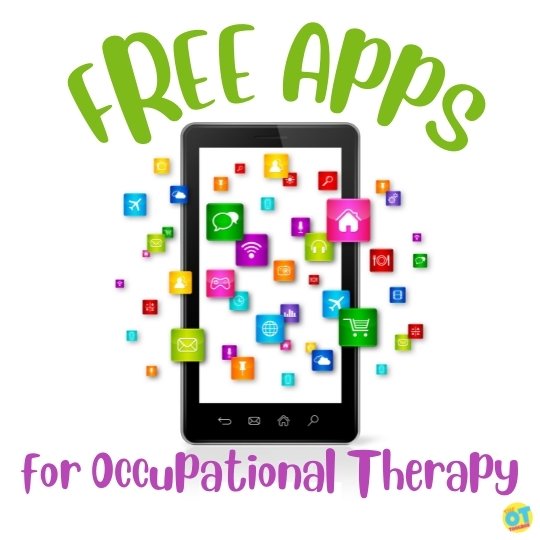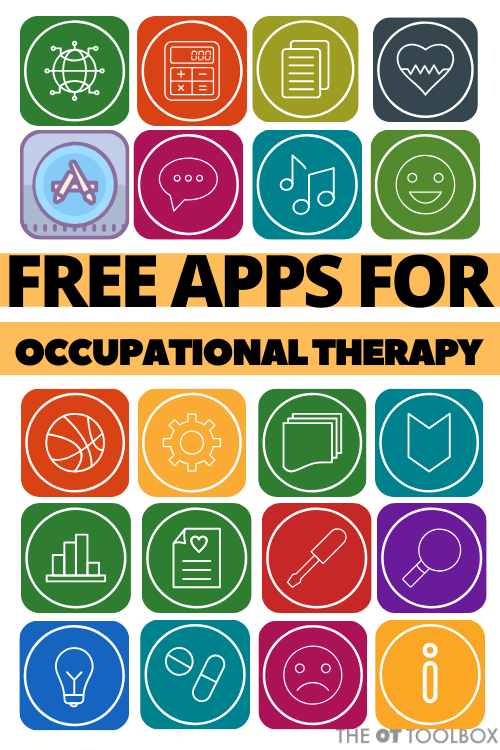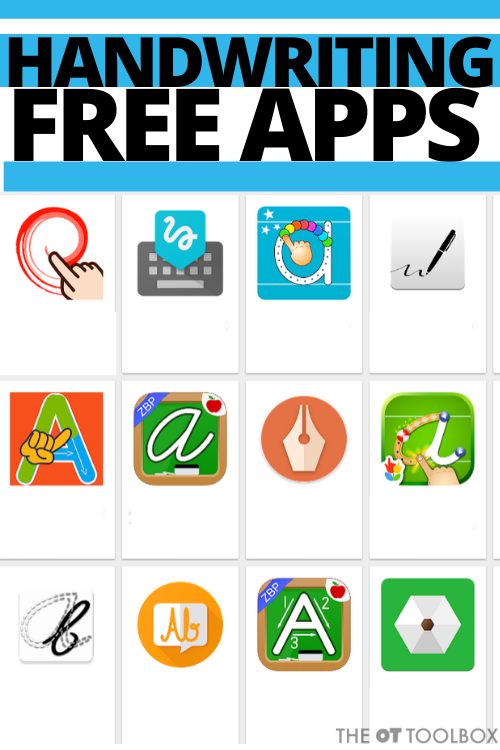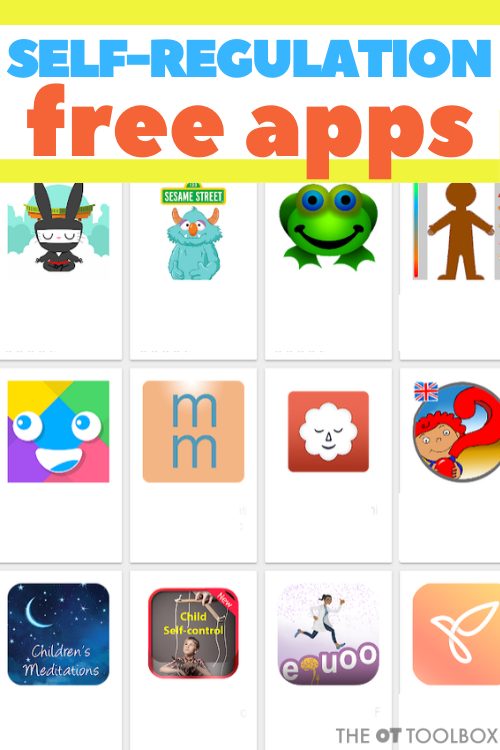Today I have a fun Star Wars occupational therapy activity. This block light saber requires just one material, but you can use this Lightsaber for so many OT goals! We actually created this counting block light saber years ago (original blog post was written in 2015) for May 4th activities for occupational therapy. May the 4th be with you with this fine motor Star Wars activity!
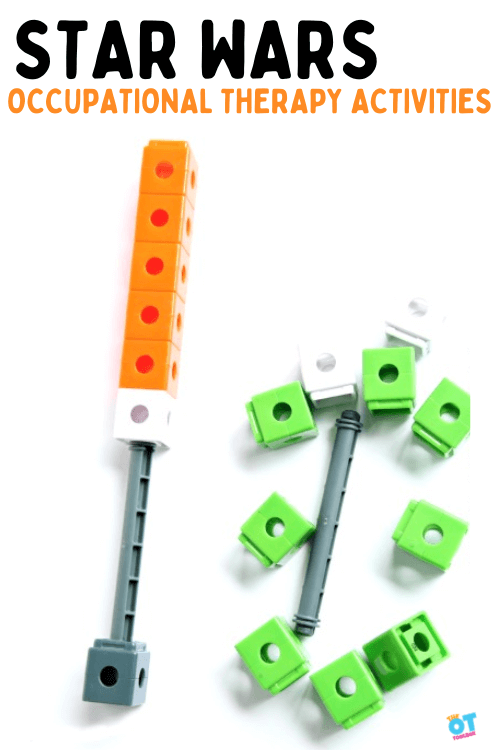
Star Wars occupational therapy
Pediatric occupational therapy professionals know the power of using themes in OT therapy sessions. When we come up with a theme for fine motor, gross motor, visual motor, and sensory motor tasks, we can cover a wide range of OT goals while meeting the client (patient, student, etc.) where they are with a focus on their interests.
Using interests in therapy fosters meaning and engagement.
That’s where this Star Wars occupational therapy theme comes into play.
How many children have you met that love all things Star Wars? When you bring up the topic of light sabers, Millennium Falcon, Chewbacca, and Luke, you may see a sparkle in the eyes of a child that could talk for hours on all things Star Wars. That’s when you know you have a great therapy theme on your hands.
Using that Star Wars theme in therapy allows kids to focus on the tasks at hand, try new activities, and put themselves out there to try activities that might be just a little difficult on the range of “just right” tasks. The point here is to meet those goals but when working on goals is difficult, it can be easy to quit or give up. However, if there is a topic of interest that really sparks a light of engagement, then you have a tool to support goal development.
This is when we see kids thrive!
Let’s go over a few Star Wars occupational therapy activities focusing on fine motor skills, visual motor skills, gross motor skills, handwriting, and sensory play.
Star Wars Fine Motor Activity- Build a Block Light Saber
If your sons (and daughters) are anything like mine they love to make lightsabers out of anything. Ever since they were introduced to Star Wars, the lightsaber is definitely a favorite in our house. We built these blocks Star Wars lightsabers using counting blocks and wanted to share. Because it sure is fun!
The block light saber is a fine motor powerhouse. By snapping together the blocks, you’ll see:
- Hand strengthening: arch development, pinch, grip
- Bilateral coordination
- Separation of the sides of the hand
- Open thumb web space
- Wrist stability
All of these fine motor skills are essential to functional tasks. Using the Star Wars theme adds a “4th” theme (force) that can’t be beat!
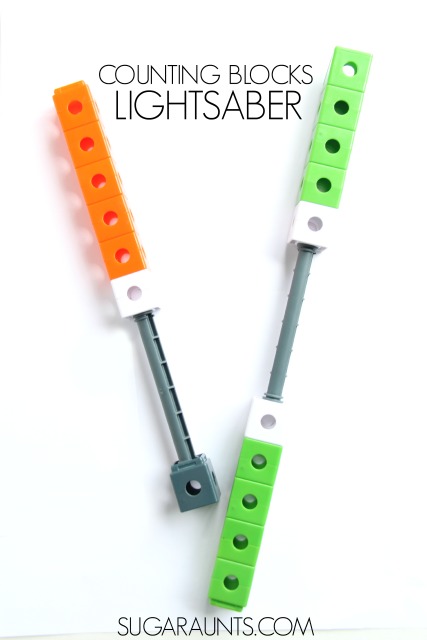
How to Make a Star Wars Lightsaber with Blocks
We are sharing affiliate links in this post.
To make build our lightsabers, we used one of our favorite toys; these snapping blocks (affiliate link) are a toy that is used almost every day in our house. From building robots to spaceships, and now lightsabers…we love these blocks. They are great when used as a counting manipulative for preschoolers. Other counting blocks (affiliate link) could also be used.
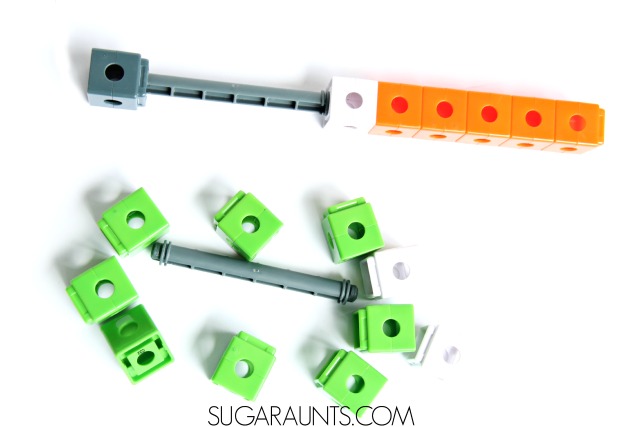
How to use this light saber in OT activities:
Visual Motor Skills- Create a block light saber model. Ask the child to copy the light saber using pattern blocks or snap blocks. They can copy the colors and spacing of the blocks to work on visual motor skills.
Other visual skills addressed with this activity include:
- Visual scanning
- Visual attention
- Visual figure ground
- Visual closure
Gross Motor Skills- Use the light saber to copy gross motor movements and motor planning patterns. The therapist can make movements with a block light saber and the client can copy them. Work on adding a sequence of movement patterns to work on sequencing, balance, motor planning, and recall. You can use the light saber like a movement stick like we did with this cursive writing warm-up activity.
Other gross motor skills that are addressed with this Star Wars light saber therapy tool include:
- Crossing midline
- Balance
- sequencing
- Motor planning
- Visual tracking
- Core strength and stability
Handwriting- This is one way to use the blocks light saber that I really love. Once the light saber has been built, use it as a spacing tool to space between words!
We’ve created a bunch of DIY spacing tools in the past: This light saber spacing tool joins the ranks of our popular space martian spacing tool, pipe cleaner spacing tool, craft stick and button spacing tool, and our craft stick (with a tracking dot) spacing tool.
To use the light saber as a spacing tool, the child can build their light saber using the snapping blocks. Then, ask them to write sentences on paper or a dry erase board, focusing on copying or writing words accurately on the lines. Show the child how to place the light saber blocks between each word as a visual cue and a tactile support to add space after the words. When they are completed with writing the sentence, they will have words that are accurately and consistently spaced out, making handwriting legibility a breeze.
Spatial awareness impacts handwriting legibility in big ways. The child can then recall using a light saber as their handwriting “force” each time they write, whether they have the actual light saber in hand or not. It’s a handwriting force that can’t be beat!
Sensory Activities- By adding sensory play into therapy sessions, children can address self-regulation needs, sensory challenges, and play-based learning. Scatter the blocks in a sensory bin with scoops, tongs, and cups. You’ll need a sensory bin base material as well. The sensory materials offer a way to explore textures and create in therapy sessions.
The student or child can find the needed items and then build their own light saber.
This sensory Star Wars idea addresses various skill areas:
- Tactile exploration
- Sensory motor skills
- Visual processing
- Proprioception
Build the lightsabers using a row of counting blocks(affiliate link). Encourage your child to count out the blocks and match up the numbers when making a double lightsaber. This is a fun way to encourage math through play and interests in Star Wars. Have fun with your counting block lightsabers!
Add this activity to these other Star Wars occupational therapy activities:
Star Wars Sensory Activities
- Use Star Wars Moon Dough to encourage tactile hand sensory input, add heavy work through the hands with proprioceptive input.
- Mix and make LEGO Star Wars Putty and develop tactile sensory challenges with bilateral coordination. Then address handwashing after playing.
- Work on sensory based executive functioning skills and fine motor work to find mini Lego hidden in slime with Light Saber Glow in the Dark Slime.
Star Wars Fine Motor
- Address scissor skills, bilateral coordination, precision, dexterity, and finger isolation when making this Yoda Puppet Star Wars Craft.
- Incorporate bilateral coordination, hand strength, coloring skills, and heavy work through the hands to make this Crayon Resist Death Star.
- Use this Star Wars kids’ embroidery: Yoda quote craft with older students to work on fine motor skills in the middle school or high school range.
- Work on scissor skills, bilateral coordination, precision, glue use, and handwriting to make this Star Wars R2-D2 Craft.
- Incorporate wrist extension, fine motor precision, hand strength, grasp development, tool use, and scissor skills and Make a Toilet Paper Roll Yoda.
- Address tripod grasp, neat precision grasp, separation of the sides of the hand, open thumb web space, eye hand coordination, and visual motor skills with this Star Wars Day Perler Bead Pattern.
Star Wars Handwriting
Use the light saber spacing tool above with these Star Wars handwriting ideas in occupational therapy sessions:
- Print off these Awesome Star Wars ABC Games with Printables and build letters, numbers, and work on motor planning for letter formation with a Star Wars theme.
- Incorporate letter formation, copying skills, line use, spatial awareness, and handwriting legibility in a functional and meaningful Star Wars craft using this May the Fourth Be With You Card.
- Print off these Star Wars Printable Word Cloud Worksheets and then students can copy the words they see in the word clouds to work on handwriting skills as well as visual perceptual skills.
- Use these Star Wars Children’s Books to work on handwriting skills by asking kids to copy sentences from the books or to find specific letters in the book and then work on letter formation. They can even use the pictures as inspiration for creative writing with a Star Wars theme.
Star Wars Executive Function Ideas
All of the crafts and activities above involve aspects of executive functioning skills. Making a play dough or slime recipe involves planning, prioritization, and other EF skill work. Try this activity with your star Wars theme to add more executive function work to your occupational therapy session:
- Make stop action creations and work on planning, prioritization, impulse control, task completion and other executive functioning skills. You’ll find inspiration in this Star Wars stop action activity.

Colleen Beck, OTR/L has been an occupational therapist since 2000, working in school-based, hand therapy, outpatient peds, EI, and SNF. Colleen created The OT Toolbox to inspire therapists, teachers, and parents with easy and fun tools to help children thrive. Read her story about going from an OT making $3/hour (after paying for kids’ childcare) to a full-time OT resource creator for millions of readers. Want to collaborate? Send an email to contact@theottoolbox.com.


